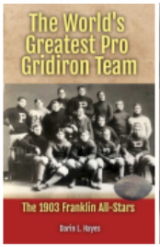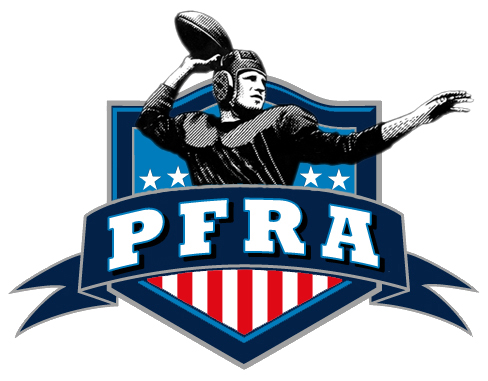Football History on 21st of May
James Saxton
Born May 21, 1940 - Bryan, Texas - James Saxton Jr. the great university of Texas halfback from 1959 to 1961, arrived via stork delivery. The NFF states that Saxton was one of the quickest players in college football history. Longhorn’s Coach Darrell Royal envisioned James, who was also referred to as the "Rabbit," as a running quarterback but moved him to running back in 1960. Saxton would go on to lead the team in rushing that season with 407 yards and an average of 5.4 yards per carry. Saxton thrived in the running back role and by the time his senior season rolled around he had tallied up nine touchdowns and was leading the high-scoring Longhorn attack with runs of 80, 79, 66, 56, 49 and 45 yards. A unanimous selection that year, he became the first running back in Longhorn history to become an All-American and finished third in the voting for the Heisman Trophy, trailing only Hall of Famers Ernie Davis (Syracuse) and Bob Ferguson (Ohio State). Oh and the way he completed his college career! It ended with a 12-7 victory over Ole Miss in the 1962 Cotton Bowl Classic as the pivotal play of the contest may have been a record setting 73-yard quick kick from Saxton to ice it. James Saxton Jr. was honored with induction into the College Football Hall of Fame in 1996 after the National Football Foundation tabulated their votes. James was chosen as the 146th pick of the St. Louis Cardinals in the NFL’s 1962 Draft and the 75th pick of the Dallas Texans of the AFL. He signed with Dallas, but after one season he decided to enter the banking business.
Johnny Majors
Born May 21, 1935, in Lynchburg, Tennessee, was Johnny Majors the 1954 through 1956 season star halfback of the Tennessee Volunteers football program. The FootballFoundation.org starts off by telling what a versatile player Majors was, he did it all for the Vols—running, passing, kicking and playing defense with a capital D. Just for some examples of the all around great play, Majors returned 36 punts for a 12.2-yard average and one touchdown in his career along with 15 kickoff returns for a 22.9-yard average. Majors also intercepted two passes at Tennessee and punted 83 times for a 39.1-yard average.Johnny received the media accolades too as he was a unanimous All-American in 1956, he finished second in the Heisman Trophy balloting after leading the Vols to a 10-1 record, an appearance in the Sugar Bowl and a final national ranking of No. 2. He was also named United Press International's Back of the Year. The National Football Foundation selected Johnny Majors for entrance into the College Football Hall of Fame in 1987. After college, Majors played one season for the Montreal Alouettes in the CFL before embarking on a long coaching career. The Saturday-Down-South website fills us in that Majors began his coaching career as an assistant at Tennessee in 1957, and would work as an assistant at Mississippi State and Arkansas before accepting his first head coaching job at Iowa State in 1968. He returned to Knoxville in 1977 and led Tennessee to 12 winning seasons during his 16-season tenure as head coach. Majors won three SEC championships with the Volunteers in 1985, 1989 and 1990, and reached 11 bowl games as head coach at Tennessee, posting a 7-4 record in those games. Majors stepped away from his job at Tennessee late in the 1992 season with a bit of controversy. The Coach left Knoxville with a 116-62-8 record. His contributions of coaching up winning football was not over though as he returned to coach at the University of Pittsburgh in 1993, the same school Majors won a national title with in 1976.
The Greatest NFL Players Who Wore the Number 47 Jersey
On this episode of the Football by Numbers we talk about the most substantial NFL players to wear 47. Want more? Here are all of our podcasts click here!
- Improve the contents by adding more information:
- Use a "Banner"
- Use a "Page Header" to provide and introduction of what is to follow











